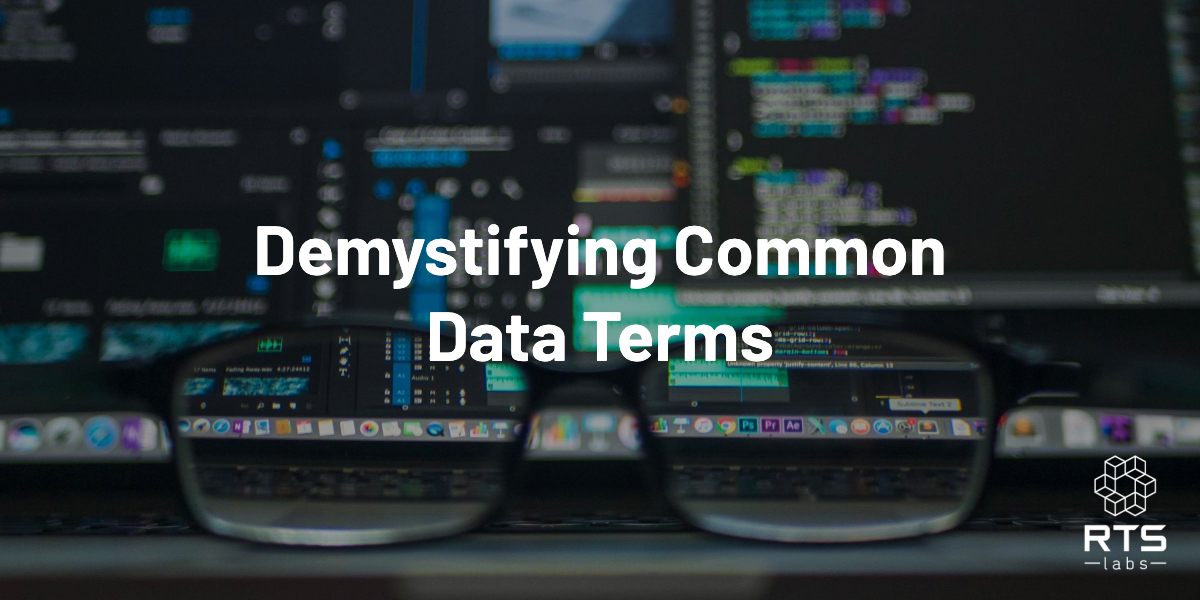Data rules the world. We contribute to it with every action we take online, and companies collect it to improve their bottom line. From customized software, business intelligence and SaaS platforms like Salesforce, it’s no longer a question of whether or not you need to harness the power of your data. The question is, “How?”
The world of data can be confusing with buzz phrases, such as “Big Data” and “data analytics,” and promises of better ROI and increased efficiency. But what does it all mean and how does your company get in on the action?
In this blog, we demystify 3 common data terms: data science, big data, and data analytics. They may sound interchangeable, but they refer to very different processes (and meet very different needs) in the data world.
Data science
Data science is the broad term that refers to utilizing statistics, data analytics, data mining, and machine learning to understand, format, and analyze data. Before your business can do anything with its data, it needs to be prepared, cleansed, and formatted. That’s done by a data scientist. A data scientist uses a combination of programming, statistics, and problem solving skills to get your data ready to enter into an analytics tool. They also use the data to create algorithms for artificial intelligence (AI) and machine learning.
Data science techniques can help you harness your data and determine what’s usable. Once the right data is acquired (data acquisition), it is prepared (data preparation) through data cleaning and data transformation. From there, a data scientist will do exploratory data analysis, where they will find and refine the variables to be used in a data model. Next is data modeling, where they apply machine learning techniques to the data to identify the best data model for your business. A data scientist will then move on to visualization (AKA making charts and graphs) to make it understandable to a wider audience.
What all these data science techniques do is give your business a deeper understanding of your data, your industry, and your business issues and opportunities. From financial services to healthcare and laboratories to communications and logistics companies, data science is an essential piece to harnessing and using your data.
Big data
Now that we know that data science encompasses the techniques in which big data is prepared, used, and managed, what is “Big Data” (beyond a buzzword)? Big data is like it sounds – lots of data that is too big for a simple application or database to process. It’s raw data that, without data analytics or data science, is useless. It requires a data warehouse to store it and a data scientist to prepare and integrate it into business software in order to be effective.
Big data can be comprised of multiple types of information sets. Customer data, financial data, transaction data, social media data, transportation data, demographics, etc. You name it, you can get data on it. Big data is made up of the three Vs:
- Volume: Amount of data collected from various sources
- Velocity: Speed at which data comes in from these sources
- Variety: Types of formats it comes in
All this data can be used to help make better decisions and improve your ROI, but only if data science techniques are used and data analytics are applied in order to gain insights and predictions.
Data analytics
Data analytics refers to how we derive meaningful insights from data. In its simplest form, analytics means the process of understanding and finding patterns in data. So, if data science is the methodologies, and big data is the massive amounts of data your business acquires, then data analytics is how we make sense of it and apply it to the problems we want to solve.
A large part of applying data analytics is examining data sets in order to draw conclusions and insights using specialized systems and software. There are four types of data analytics: descriptive, diagnostic, predictive, and prescriptive. In a nutshell:
- Descriptive analytics tell you what happened
- Diagnostic analytics tell you why they happened
- Predictive analytics tell you what could happen based on trends
- Prescriptive analytics suggest what you should do
Artificial intelligence, machine learning, and business intelligence all rely on data analytics. It’s the analytics of the data that help drive business decisions and reporting by extracting, transforming, modeling, and drawing conclusions from data.
The bottom line for data
Data has become crucial to running and managing a successful business – no matter what industry you work in. Forbes recently reported that “by the year 2020, about 1.7 megabytes of new information will be created every second for every human being on the planet.”
Are you thinking it’s time you upped your data game? If so, a great place to start is with a conversation and a free consultation with the data teams at RTS Labs. Find out more about how you can accelerate and improve your business with the data you already have.






